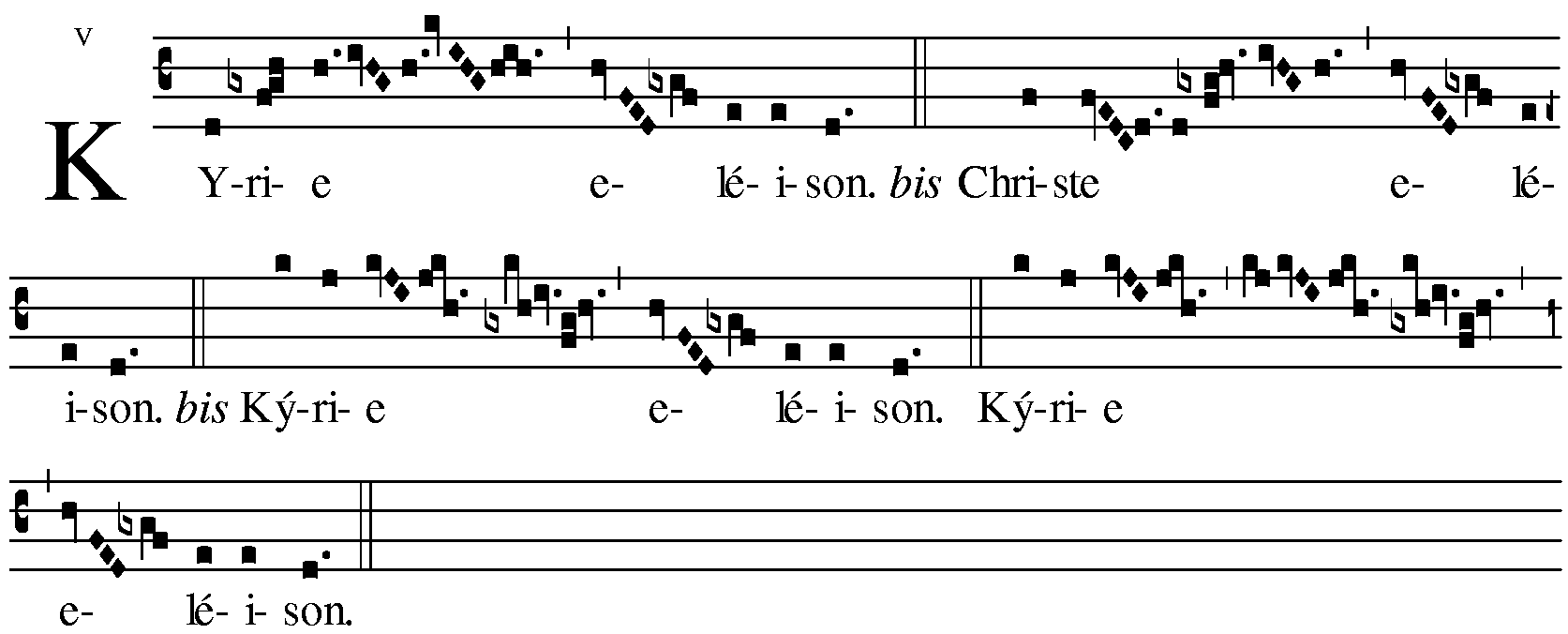Last night, seven of us assembled in the glass-fronted &
soundproof 'crying room' at the back of St Maragret’s, the Novena group were in
the church itself.
There was some reminiscing from the older members about
serving as altar boys for the Latin Mass in the fifties and sixties (and even
earlier ;o).
Edinburgh altar boys from 1957. Note the soutane worn by the lad second from right.
Buttons badly done-up.
Buttons badly done-up.
Several stories emerged, all better than mine, so I kept
quiet. My embarrassing story was that I had used a metal torch filled with
marbles for the Holy Thursday liturgy because we didn't have the requisite
rattle. And, when I shook it during the Mass, the top flew off and the marbles flew out and
bounced noisily down the aisle.
A 'What not to do' illustration.
Aye, Right. We never misbehaved.
We began by praying the Our Father and then revisited the Salve
Regina, remembering to sing 'O dulcisVirgo Maria' in one breath. After one false start, we sang
the prayer to the end, only to hear a burst of applause from outside the door.
It was quite
gratifying.
And I didn't mind because there was no liturgy and the ladies weren't in
the nave of the church.
Normally I'm with Cardinal Ratzinger on clapping: 'Whenever applause
breaks out in the liturgy because of some human achievement, it is a sure sign
that the essence of liturgy has totally disappeared and been replaced by a kind
of religious entertainment'.
I'm happy to clap a for achievements or anniversaries announced at the end of Mass as is the practice of our Parish Priest, Father Joe. (I'd be Mister Miserable in some of the American Catholic churches I've heard about where visitors are introduced and applauded after the Creed and the choir is applauded during Mass).
There was much talk from the ladies looking forward to our
schola going to Holy Spirit for the monthly Latin Mass.
When we restarted our session, we began planning for the Mass at Holy Spirit church and agreed that our Schola would stand, either at
the back of the church or next to the organ when we pray those parts of the Mass which we feel confident about singing .
Alan will act as Cantor.
I'd say that our chant skills were good with the Kyrie and fair with the Creed and the Sanctus. But
let's wait for Alan's opinion at the end of next week's meeting.
In the Kyrie, Alan reminded us to sing KyriAY and to emphasise le-i, rather than ending on a big sounding SON. Lightness at the end.....
During the Credo, I made another Pigs Ear of the Porrectus (high note, low note, high note).
Alan suggested that, when someone in the Schola knew that they had made a mistake, they should raise their hand. Then he wouldn't have to stop and go back to review the entire passage. Alan said that this was normal practice in Choir Circles,
He meant me.
But he was kind enough to generalise over my Pigs Ear (I keep missing the count of the note which is one-two-three. But we have to spot the double notes just before, as after Et homo factus est. So - one, two. Then high note, low note, high note.
We went on to sing the Sanctus, where there are hidden 'doublers' hm..hm as in the middle neume of Sanctus.
Alan spoke about the dots after some notes. There is debate about how these are to be interpreted. Alan's preference is that they slightly lengthen the note. But most importantly, they are to ensure that there is a clear stop before the next word. We tried this and it made for clearer pronunciation.
Alan spoke about the dots after some notes. There is debate about how these are to be interpreted. Alan's preference is that they slightly lengthen the note. But most importantly, they are to ensure that there is a clear stop before the next word. We tried this and it made for clearer pronunciation.
At the end of our practice, we went into the church, genuflecting as we arrived near the Sanctuary before singing the Salve and then making a first attempt at the monastic Compline. More of which later.
But a great excuse to post this video of the first Monkly IT help-desk advisor:









